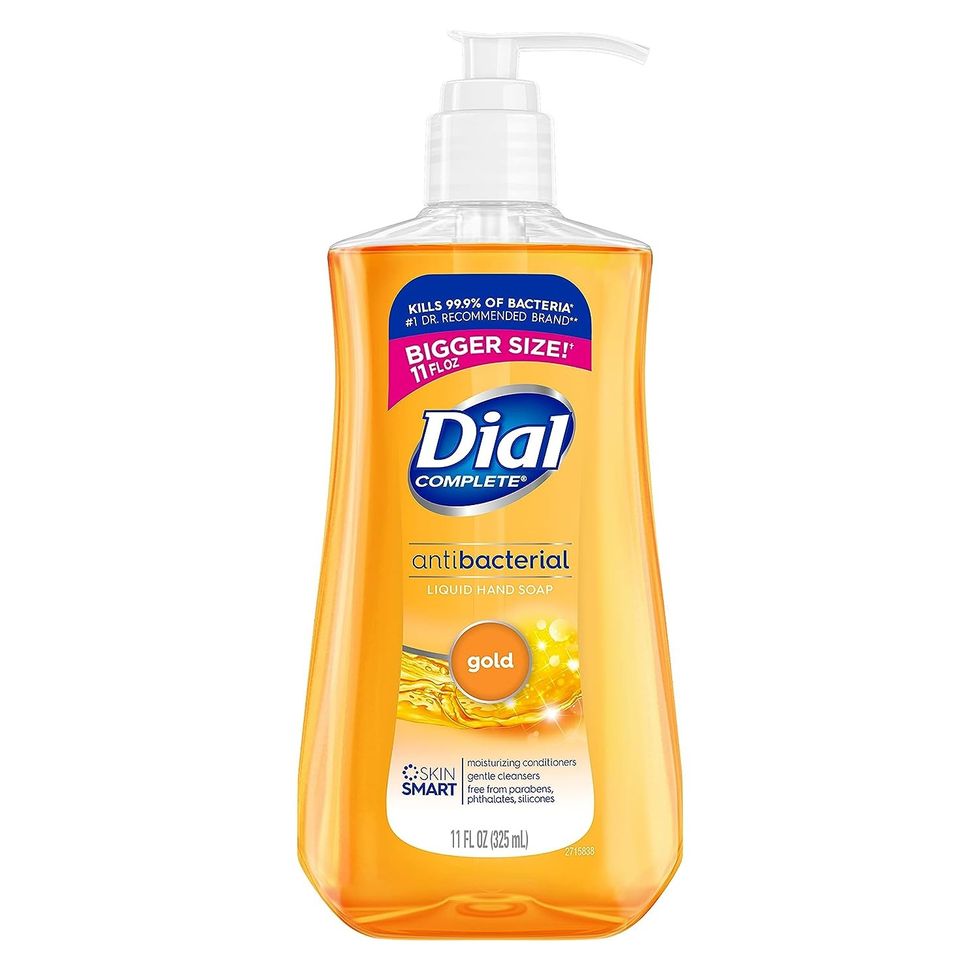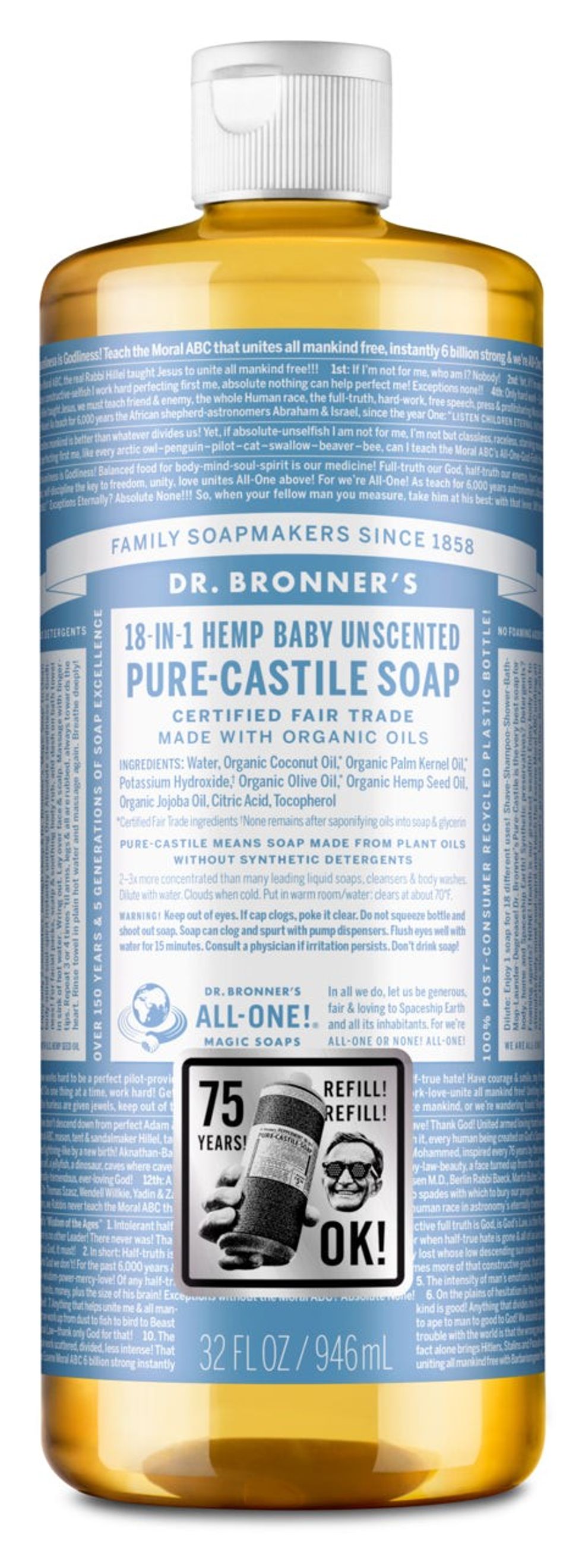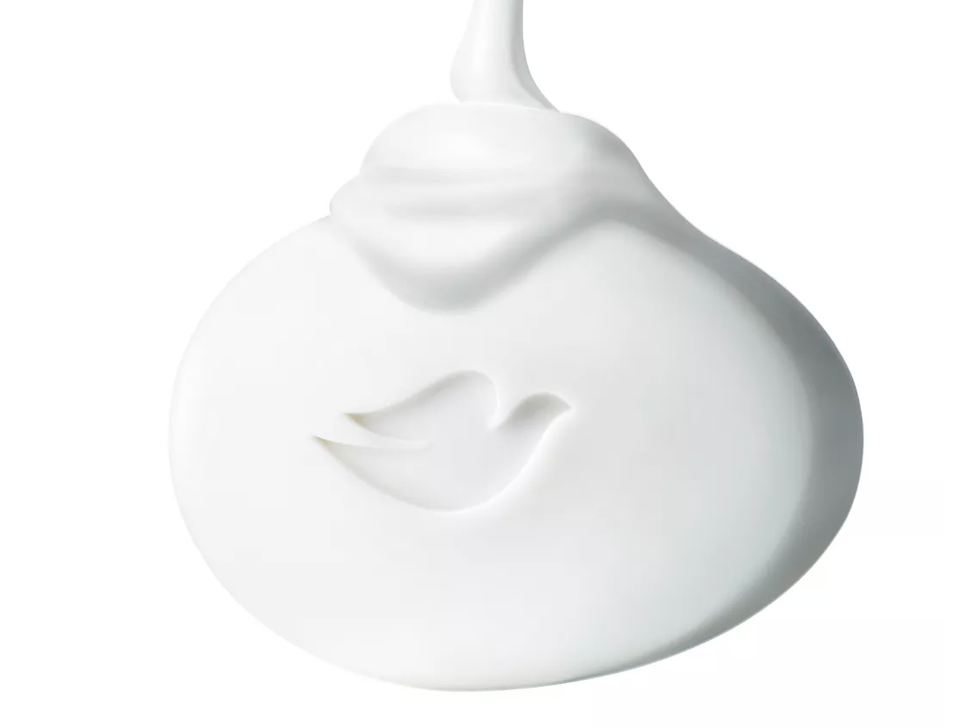Take care of your fresh ink.
7 Tattoo Aftercare Tips For Smooth, Streamlined Healing

Meredith Holser is the Shopping Editor at Brit + Co, covering everything from seasonal fashion trends and the best grocery finds from Trader Joe's to shoes actually worth splurging on and life-changing beauty products. Outside of work, you can catch Meredith hiking, trying new recipes, and dreaming about having a yummy little treat.
There’s a lot of conflicting information about tattoo aftercare and healing out there. Considering there are only seven states in which artists are required by law to provide aftercare instructions, it’s easy to get overwhelmed or left in the dark about what exactly to do after your appointment. The tattoo healing process depends on how big the piece is, how intricate it is, and your body’s response to the ink – but all complications can be avoided with proper aftercare procedures to reduce the risk of infection, scarring, fading, or drying out.
The first step to tattoo aftercare actually comes before the needle even touches your skin – picking a reputable, professional tattoo artist ensures you’re getting the very best care and advice, so you can be on your way to rockin’ some cool body art.
Disclaimer: I am by no means a professional, so approach aftercare at your own discretion, taking this information (as well as your tattoo artist’s) with a grain of salt.
1. Keep the second-skin (medical-grade adhesive) on for several days, or however long your artist recommends.
Your artist will likely place a second-skin material over your tattoo after it’s finished. It works as a barrier to keep bacteria out while the tattoo is in its freshest stage, only meant to stay on a few days.
When it’s time to take it off, be patient and go slow to avoid damage to the skin. Before doing this, make sure to wash your hands thoroughly and dry them with a paper towel to avoid additional germs and bacteria that could harvest in a normal hand towel.
Blood and plasma fluid coming out from the second-skin is normal, but if you notice any out-of-the-ordinary excretions or sensations, contact your tattoo artist ASAP.
2. Wash your tattoo with warm water and fragrance-free, unscented, antimicrobial soap.
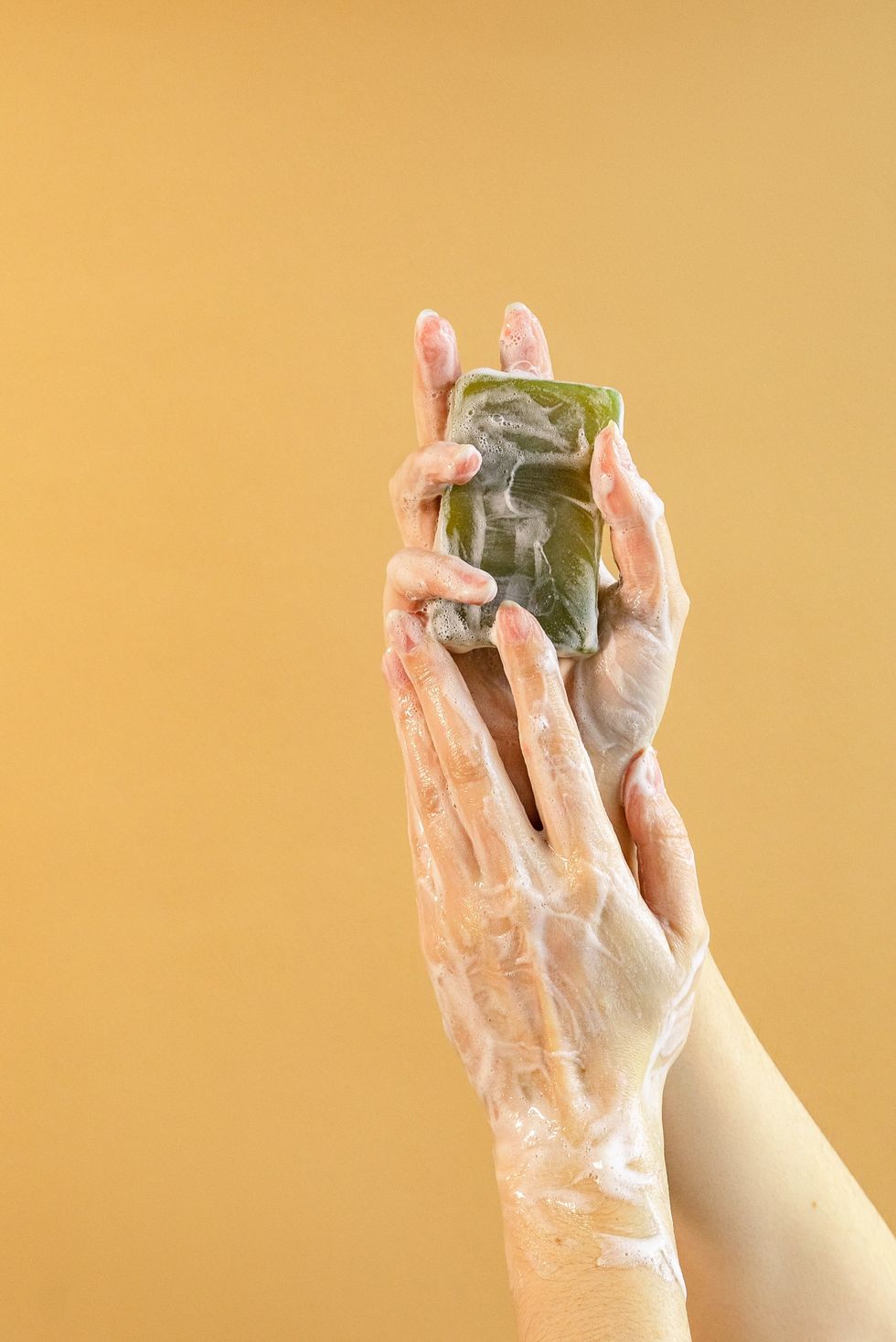
Photo by Mikhail Nilov / PEXELS
After removing the second skin, the next step in aftercare is to wash off the tatted area. Using a gentle soap ensures that your tattoo doesn’t get any further irritation that could cause unfavorable healing.
When it’s time to wash, move gently, as the area can be tender. You’ll want to start with clean hands and wash with lukewarm water as well, to avoid burning the exposed skin. These are the soaps most commonly used for tattoo aftercare:
3. Moisturize after pat-drying your skin with a paper towel.

Image via People Of Substance
Though petroleum jellies (like Vaseline) can be moisturizing on the lips, it’s no longer widely recommended for tattoo aftercare. Too much of it can create a thick, non-breathable layer on top of your tattoo – less air-flow means slower healing and the potential for ink bleeding. Look to opt for light ointments and balms. Here are a few widely-loved ones:
- Aquaphor Healing Ointment ($16)
- People Of Substance All-Natural Tattoo Balm Stick ($15)
- Hustle Butter Deluxe Luxury Tattoo Care & Maintenance Cream ($22)
- Lubriderm Daily Moisture Hydrating Unscented Body Lotion ($11, was $13)
- Mad Rabbit Tattoo Balm Stick ($12)
Bandages or other tight skin coverings are not necessary once you’ve washed off your tattoo. A seal created by these barriers could restrict air-flow, too.
After a week or so, it’s safe to move away from ointments and balms, and onto gentle lotions like the Eucerin Unscented Advanced Repair Body LotionAdvanced Repair Body Lotion ($11, was $13).
4. Avoid *too* hot of showers + no physical activity for at least 48 hours after your appointment.
Heat caused by external factors (weather, hot water, etc) and sweating can increase the risk for the ink on your tattoo to bleed. Plus, moving around too suddenly (like how you would during a workout) causes your skin to stretch, potentially altering your tat’s shape. Not to mention, there’s a very real risk of infection from that grimy gym equipment!
5. Stay out of direct sun for at least 2 weeks.

Photo by Angela Roma / PEXELS
Sun can further damage your ink, so it’s not a good thing for tattoo aftercare. If you have to be out, your first line of defense should be a physical barrier like some loose clothing, then a light layer of mineral zinc oxide-based sunscreen to protect your tat.
6. No underwater activity for at least 2 weeks.
The risk for bacterial infection from the water in pools, hot tubs, lakes, and the ocean is high. That’s why people prefer to get tatted in the winter, where they won’t have to actively avoid swimming and the subsequent FOMO of not diving in.
7. Stay hydrated!
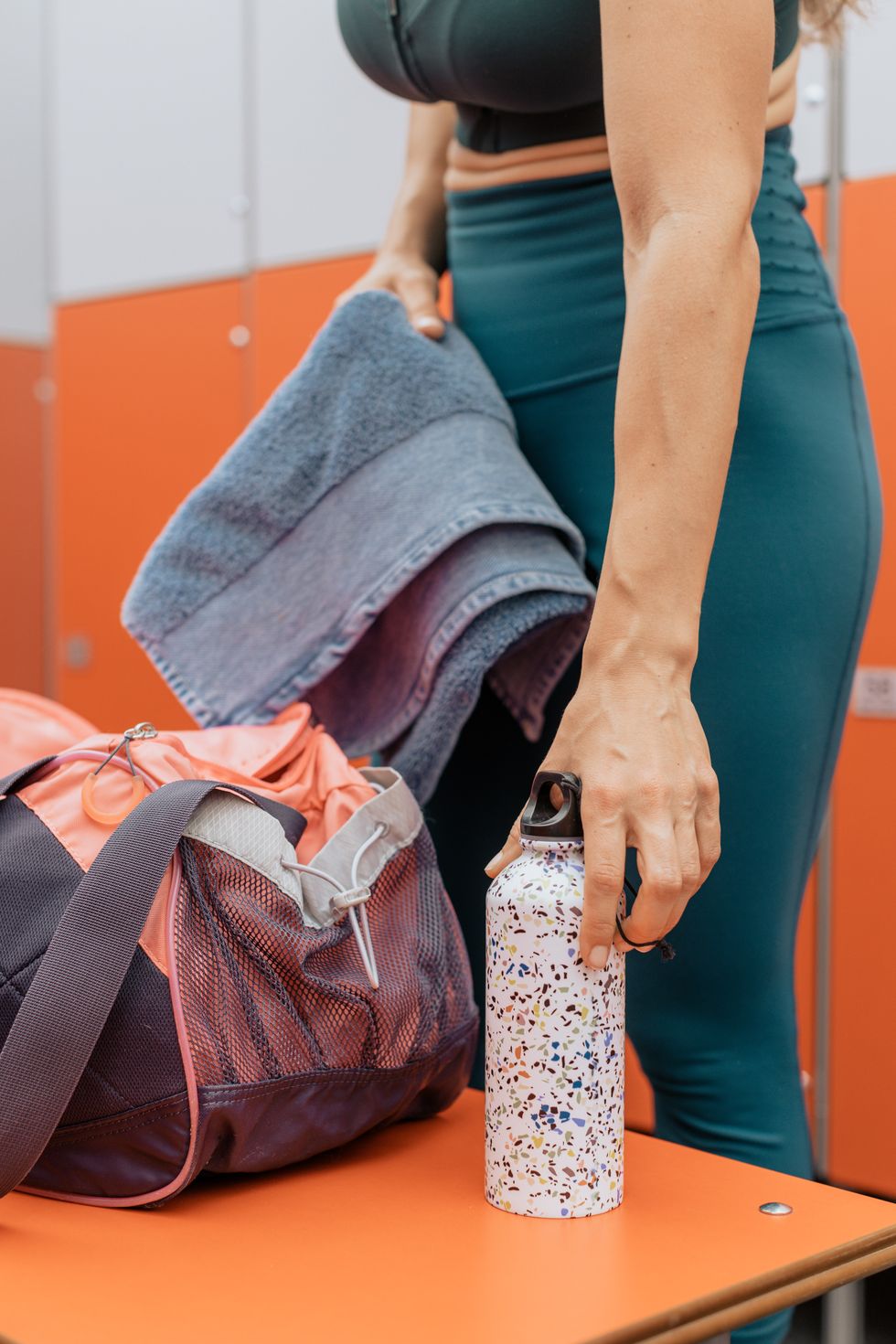
Photo by Anastasia Shuraeva / PEXELS
Hydrating your body hydrates your skin – and having hydrated skin means your tattoo is ready to heal as best as it can. Drinking water throughout the day (don’t go too crazy) certifies that your body can handle the ink. You also might want to avoid alcohol for a bit. It can cause bouts of dehydration and thin your blood, causing excess bleeding from the tattoo’s wound.
Sign up for our newsletter for more tips + tricks for tackling life!
Brit + Co. may at times use affiliate links to promote products sold by others, but always offers genuine editorial recommendations.
Lead photo by Polina Tankilevitch / PEXELS



